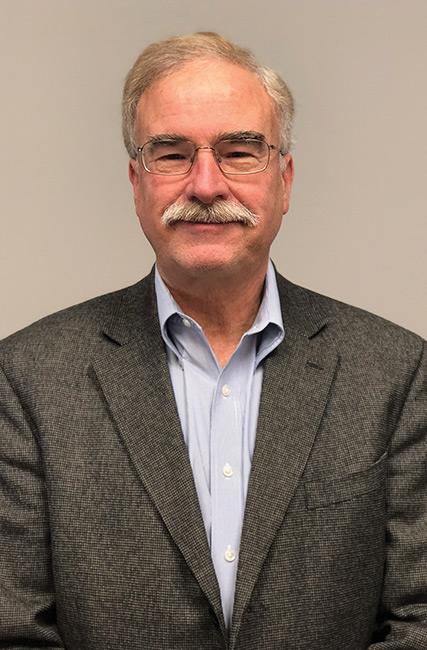Junior Achievement Special Section | Strutz
2019 Junior Achievement Hall of Fame
ichard Strutz has always valued people over dollars. That mindset helped him work his way up through the ranks of the National Bank of Alaska (NBA), from teller to president. Another value that served him well during his career has been his continued optimism, which aided him as he led the bank through multiple situations fraught with uncertainty, including Alaska’s economic recession in the late 1980s, an eventual merger between NBA and Wells Fargo in 2001, and, as the Well Fargo Alaska Regional President, the recession of the late 2000s. His childhood and family ties served as the foundation for his principles—the Strutz family has been forging community ties in Alaska for more than one hundred years.
Richard Strutz: My dad inspired me to apply for a job at the bank. I was working for the State of Alaska. As an eighteen-year-old kid, I was pretty happy; it was a great kid job. But it was a temporary job. You could only work for them six months, then you had to leave. So I needed a job.
My dad said, “You know, I know these guys at National Bank of Alaska. I grew up with them. If they can succeed at the bank, you’ll do really well. You’ll be president!”
So I went down and applied. My cousin worked for another bank and I went to work for National Bank of Alaska. I got the best bank—I didn’t know it at the time. When you’re a kid, you have no idea what’s a good bank and what’s a bad bank. But he had the coolest job: he got to drive around and hand out mail. I thought he got the way better job. Later I realized that wasn’t a good place to go into the bank—if you’re going to work in a bank you better get in the bank and work as a banker. In 1973, a guy that I worked with, whom I got along with really well, recommended me for the management training program at the bank. I said, “Okay I’ll try that.” Before I finished it, they had this assignment in Petersburg at a bank [NBA] had just bought. They said, “Why don’t you go there?”
Being an Anchorage kid, I almost didn’t go. It was 2,500 people. It was one of those things where you do it and you’re shocked. You’re really so glad that you didn’t say no. So I stayed there for three years, then came back to Anchorage. In fact I enjoyed it so much I almost didn’t want to come back [he laughs]. It’s hard to believe, but I think I got to know all 2,500 people, at least the adults.
[NBA] had me come back up and manage a branch, which was in the Sears Mall. I managed that for about eighteen months. Then I went into commercial real estate and did that for eighteen months. Then I went into commercial loans, and that’s when I really loved banking. I got to meet people and help them succeed. That was my best job in the whole bank: making loans and helping people in business succeed. I just can’t tell you how much I enjoyed that. Then over time I got promoted, which was not as much fun but you get paid more [he laughs].
I don’t think you should lie to people, but there’s a whole spectrum of outcomes. There’s nothing wrong with choosing the optimistic side. I think as a leader you have to be optimistic. If you show fear, the people who work with you and for you will magnify that behavior. And they’ll transmit that down to your customers and to people working below them.

Wells Fargo